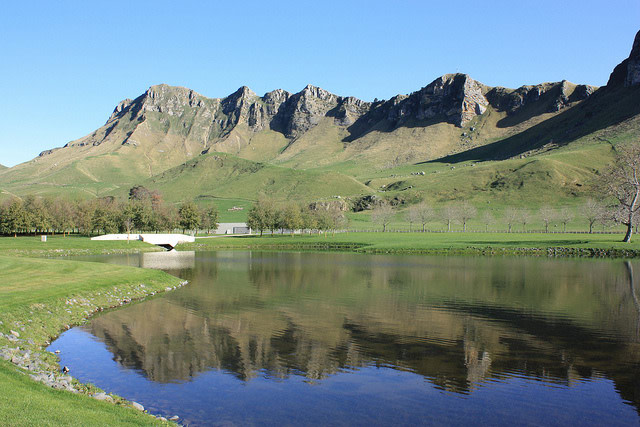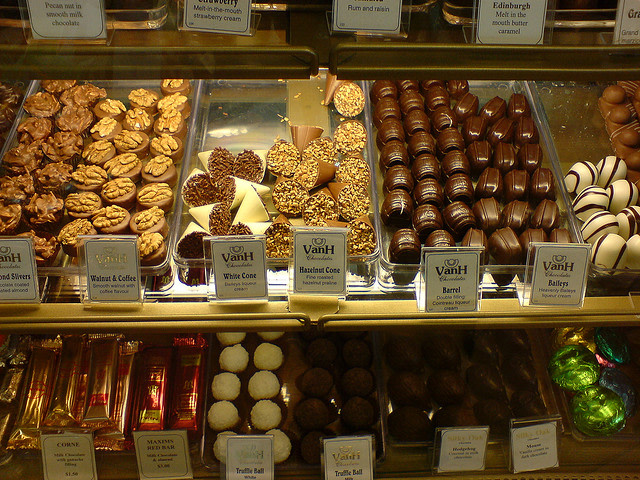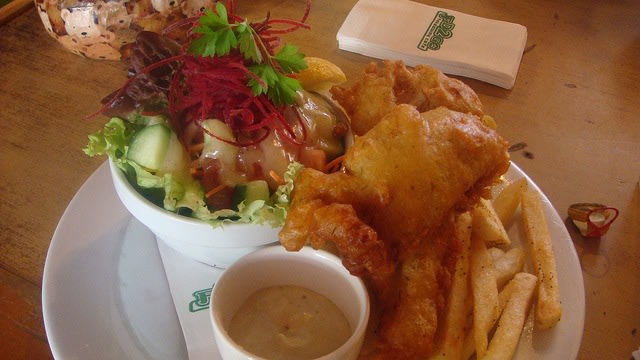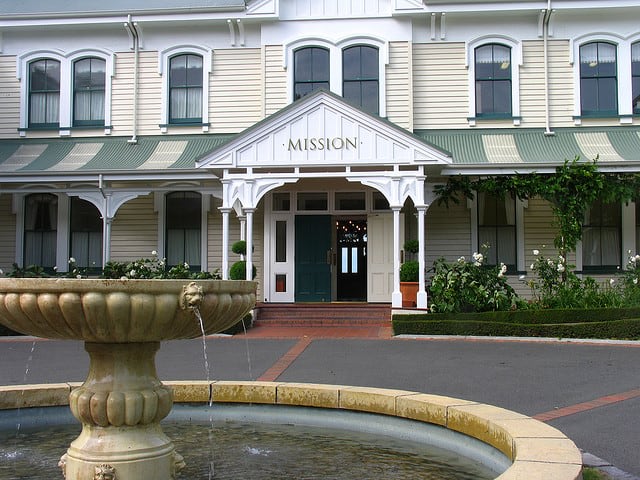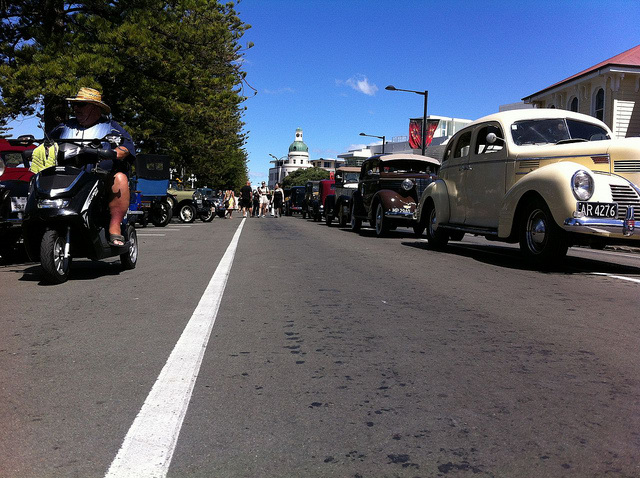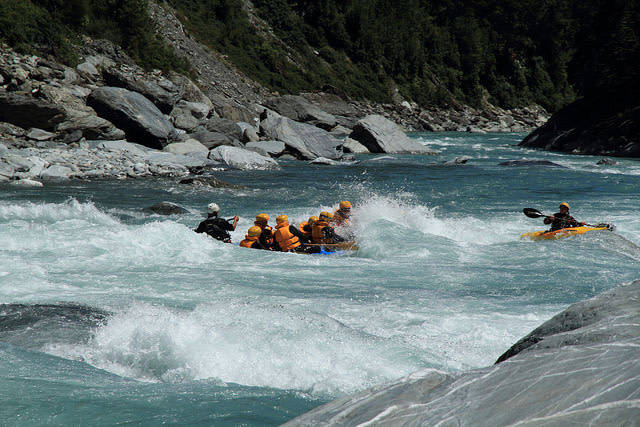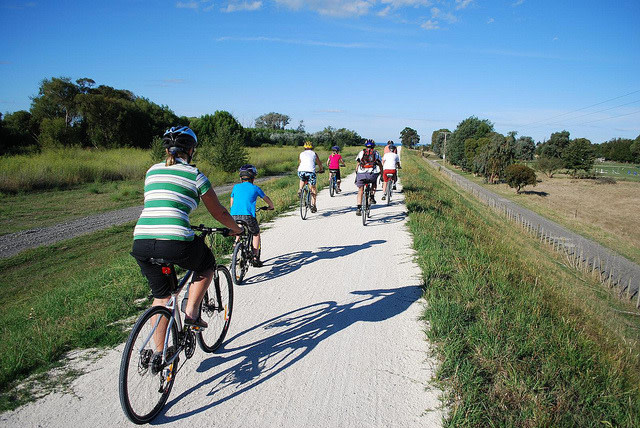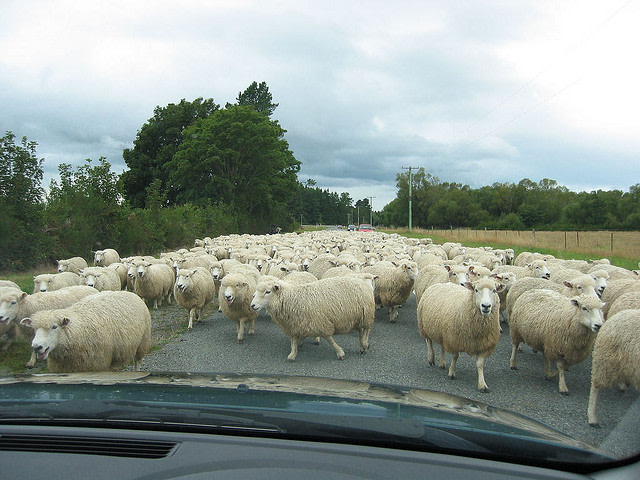| 7 mins read
By Jennifer Mullen
If Hawkes Bay were a person, she would be wearing a flowing velvet gown, the colour of her emerald landscapes. She would be bedecked in fine art deco jewellery from Napier and of course in her hand would be a glass of the finest sauvignon blanc wine, grown in her own back garden. Realistically she may also be yelling on the sidelines at a local Magpies rugby match, or vocally supporting the All Blacks in her local pub!
Located on the East Coast of New Zealand’s north island, from Mahia in the north through to Porangahau in the south, Hawkes Bay is, quite simply put, an absolute idyllic gem of a place, dotted with meandering blue coastlines and picture perfect lakes. Getting to this exquisite part of the world is easy, thanks to an airport that connects to Auckland, Christchurch and Wellington. Alternately one can fly in internationally from Australia into nearby Rotorua. Ask your New Zealand tour guide which is the best route to take if you plan to hire a car, as driving through the North Island is so much about the beauty of the journey, as well as the destination.
Hawke’s Bay is often said to be the “food bowl” of New Zealand and no trip to the region would be complete without a trip to the colourful Farmers Markets, held every Sunday. The most charming thing about this place is you can sample the produce whilst talking to the actual farmers and growers. Simply follow your nose to find freshly ground coffee, then follow the aroma of the freshly baked breads and pastries, or why not try some of the artisan’s gourmet foods, such as chocolate? This has to be one of the best brunches in New Zealand. Delicious cheese, meat and seafood are on offer, not to mention the colour and variety of smells coming from all the seasonal fresh fruit and vegetable stalls. And as Kiwis never miss an opportunity to turn a mere market trip into a bit of a social gathering, there is often live music.
If you are not an Antipodean and have ever encountered a group of Australians and New Zealanders travelling together, you may think their accents sound very similar. One light hearted and slightly clichéd way of telling the two countries apart is to get them to say: “Fish and chips”. A Kiwi’s distinct vowel sounds will always make the phrase sound more like “fush and chups”. Speaking of which, this is of course a very popular dish on both islands, due to the freshness of the available catch. Therefore, grab yourself a hoki, with the batter so hot and crisp it is still squeaking in the paper, accompanied by some steaming hot chips and find a comfortable spot near the beach. Some cafes even offer battered paua, which is an iconic mollusc in New Zealand. With its striking blue, green, and purple shell, is also commonly used in jewellery. One can also see Paua shells frequently used to represent the eyes in Maori carvings. Another popular choice with both locals and tourists are whitebait fritters.
For many visitors to this part of New Zealand, the most important word on their lips are “Wine Country” and indeed, New Zealand's oldest existing vineyard was established by Roman Catholic missionaries at Mission Estate in Hawkes Bay. Thanks to the warm and dry climate, this region is world famous for Cabernet Sauvignon, Merlot and less known Syrah – and also has some stunning whites. Ask your Hawkes Bay tour guide to help you narrow down the cellar doors you wish to visit, as there are over 100 vineyards and 80 wineries to choose from. Some of these include boutique wineries, which still use traditional techniques and hand pick their grapes. What they all have in common, apart from first class wine, are stunning grounds, with manicured lawns, ponds and plenty of dining options. If you wish to make a day of it, your tour guide can also help find a driver to take you around, so all you need to worry about is how to transport all those cases you buy back home!
New Zealand has had its fair share of disastrous earthquakes over the years, but out of a tragic earthquake and subsequent fires in 1931, the small New Zealand town of Napier came to symbolise hope and optimism during the Great Depression. Napier effectively rose up from the ashes and rubble, to create one of the most iconic art deco cities in the Southern Hemisphere. These days one can walk along Napier’s main street and marvel at the architecture, plus if you time it right, there are festivals every year dedicated to jazz or classic cars.
If “adventure” is your middle name, then set your adrenaline pumping with numerous outdoor activities, not for the fainthearted. Rafting trips will take you through exquisite rural forests, and you can also try your hand at trout fishing. A great way to explore the rolling hills is on horseback and some stables also offer rides combined with picnics. One rule that is fairly widespread is “no riding in jandles”, which is the New Zealand word for “flip flops” or “thongs” to Australians! If you want the ultimate experience, there are also helicopter tours available, which take in mountains, coastlines and all the greenery in between.
If you prefer to go at a more leisurely pace, many people simply pack some supplies and hop on a bicycle for the day. There is an impressive network of over 180 km of cycle trails in Hawkes Bay, which follow picturesque coastal communities, such as Clifton and Te Awanga, cliff tops, as well as through countless wineries. The Hawkes Bay regional council proudly explained that: ’the combination of fantastic weather, cycle-friendly terrain and an established food and wine experiences make Hawkes Bay an ideal cycling destination.” You can even organise someone to carry your bags and wine!
Hawkes Bay has a very strong and proud Maori heritage and it is well worth getting your guide to go through some of the fascinating legends and traditions. You can visit the place with the longest place name in the New Zealand: "Taumatawhakatangihangakoauauotamateaturipukakapikimaunga horo nuku pokaiwhenuakitanatahu", which translates into English as "the place where Tamatea, the man with the big knees, who slid, climbed and swallowed mountains, known as 'landeater’, played his flute to his loved one." If you can’t manage to pronounce this name, particularly after the climbing up the hillside where it is located, simply follow the locals and call it “Taumata Hill”.
The lasting impression you will have of New Zealand is the friendliness of the locals. Even the local lambs are friendly, which is precious; driving through the picturesque countryside, there can be rather long stretches where one gets to meet sheep and only sheep , with human sightings rare!
(Jen Mullen is a seasoned traveler, having lived and worked in the United Kingdom, Germany, Switzerland, Australia and most recently Southern India. In her opinion, the best parts about traveling are meeting the locals, sampling as much new food as possible and making an effort to learn new languages)
Image Details and Licenses: https://flic.kr/p/9Ye7PN (Greenstone Girl, CC BY-NC 2.0), https://flic.kr/p/Dx2en (Wei-Hang Chua, CC BY-NC-ND 2.0), https://flic.kr/p/dxon4U (Lexinatrix, CC BY-NC-ND 2.0), https://flic.kr/p/4n2PeB (Jim Budd, CC BY-NC-ND 2.0), https://flic.kr/p/kZLhyp (Mashthetics, CC BY-NC-SA 2.0), https://flic.kr/p/9XwScc (QueenstownRafting, CC BY-ND 2.0), https://flic.kr/p/a71bmR (Hastings District Council, CC BY-NC 2.0), https://flic.kr/p/5h6yZk (Juergen, CC BY-NC-SA 2.0), https://flic.kr/p/uprK (exilism, CC BY-NC-ND 2.0)


